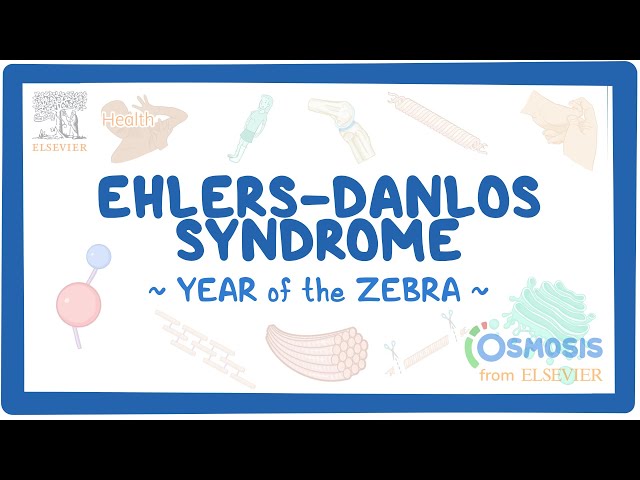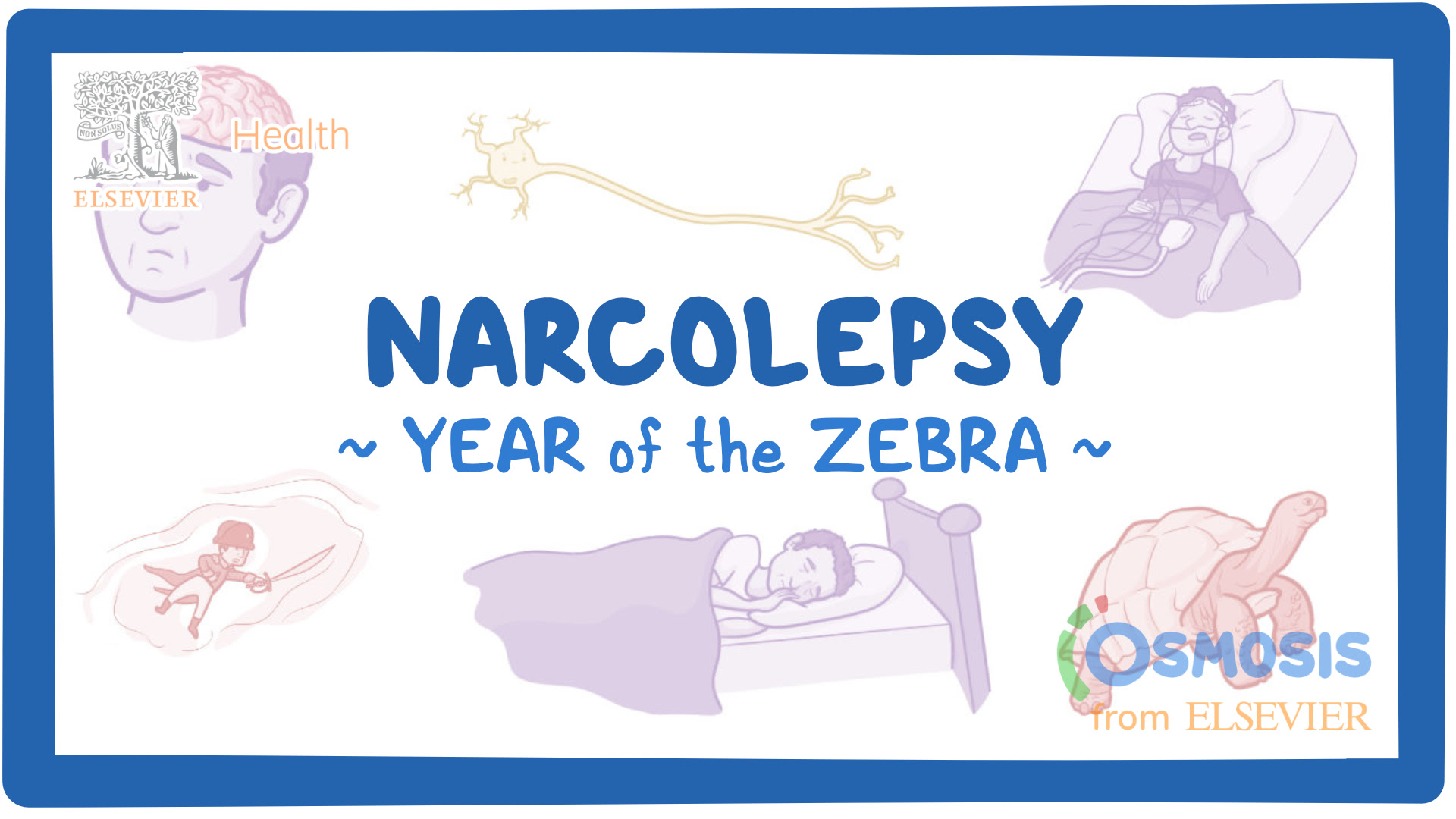Translational Sports Medicine
Handbook for Designing and Conducting Clinical and Translational Research
2023, Pages 513-518
Indigenous Peoples steward many of the world�s least-exploited natural areas, but nearly 60% of these lands face industrial development threats, especially where territorial rights and political representation are weak. Strengthening Indigenous rights, leadership, and access to conservation resources is key to reducing conversion risk and supporting socio-ecological resilience.
Handbook of Child and Adolescent Psychology Treatment Modules
Personalized Care in Behavior and Emotion Practical Resources for the Mental Health Professional, 2023, Pages 3-15
Handbook of Child and Adolescent Psychology Treatment Modules, Personalized Care in Behavior and Emotion Practical Resources for the Mental Health Professional, 2023, Pages 19-38
World Bee Day 2026: Sustainable Development Goals (SDGs) and Our Buzzing Allies
On May 20, 2026, the globe will come together to mark World Bee Day 2026. This isn't just a day to marvel at these buzzing beauties; it's a call to action—a day to realize how bees are integral to many of our Sustainable Development Goals (SDGs). World Bee Day 2026 seeks to elevate this message, shedding light on the myriad ways bees contribute to our global aspirations.
The Importance of Bees
World Autism Awareness Day 2026: SDG Resources' Deep Dive
On April 2, 2026, the global community will come together to observe World Autism Awareness Day 2026. This occasion, significantly elevated by the commitment of SDG Resources, showcases the powerful intersection of Sustainable Development Goals (SDGs) and autism advocacy.
Introduction: The Importance of April 2





